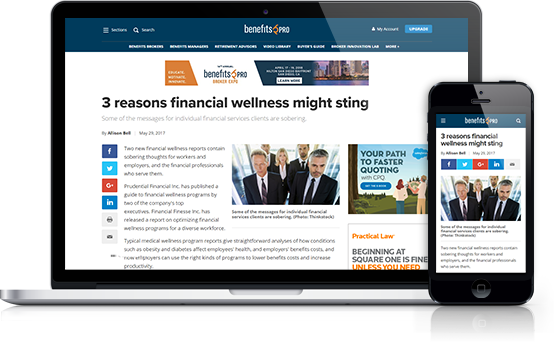 Benefitsnavigation programs enable employers to cut health carecosts without shifting the financial responsibility to employees,while also increasing their overall health careexperience.
Benefitsnavigation programs enable employers to cut health carecosts without shifting the financial responsibility to employees,while also increasing their overall health careexperience.
Health care costs are growing at an alarming rate, and managing these costs is one of the biggeststruggles employers face today. With the cost of employer-sponsoredhealth care benefits expected to approach $15,000 per employee in2019, the search for a solution is a top priority among employers.As a result, many employers have turned to high-deductible health plans (HDHP) to cutcosts which offer lower premiums to employees in exchange forsignificantly higher deductibles. In effect, a large portion of thehealth care financial responsibility is shifted to employees.
While this may help employer costs, it leads to greater employeefrustration and a poorer health care experience. Employees are nowrequired to pay more out-of-pocket costs for the same health carethey were receiving before the switch to HDHP plans. When managingan unexpected health event, a larger-than-anticipated bill makes analready overwhelming experience even more distressing foremployees.
Continue Reading for Free
Register and gain access to:
- Breaking benefits news and analysis, on-site and via our newsletters and custom alerts
- Educational webcasts, white papers, and ebooks from industry thought leaders
- Critical converage of the property casualty insurance and financial advisory markets on our other ALM sites, PropertyCasualty360 and ThinkAdvisor
Already have an account? Sign In Now
© 2024 ALM Global, LLC, All Rights Reserved. Request academic re-use from www.copyright.com. All other uses, submit a request to [email protected]. For more information visit Asset & Logo Licensing.








